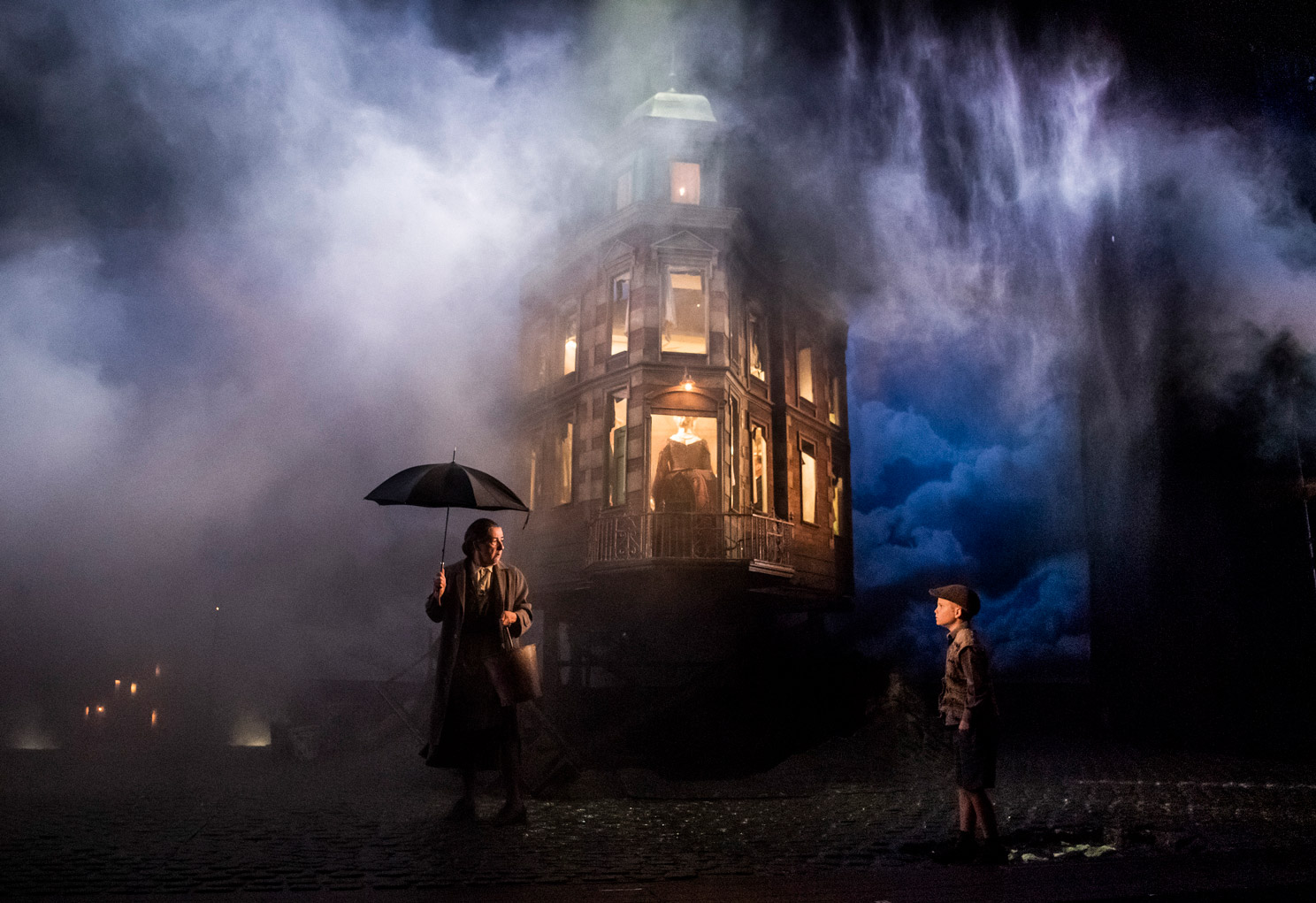

Dance Moves Through Time [Infographic]
3 min read
Share
Dancing is good for both body and soul – and isn’t it just so much fun?
There has been numerous dance moves through the decades originating from several countries, evolving and transforming into dancing we know today.

Did you know that the earliest archeological proof of dancing dates back 9,000 years ago in cave paintings in India? Dance has evolved and changed a lot throughout the centuries but certain things remain the same: it’s fun, engaging, and healthy!
The history and evolution of dance
The word dance originates from the French word dancer or dancier, and the middle dutch deinsen, or densen, which means ‘to shrink back.’ It is also said to originate from the Latin ‘deante’, which means ‘ in front of’.
Dancing is something that is ingrained into history, society and culture and has been depicted and recorded as far back as 9,000 years ago. Stone paintings found in India in the first millennia BC show evidence of dancing as part of traditional Indian rituals, documented in paintings alongside hunting, childbirth, burials and religious ceremonies. This demonstrates the integral part that dance has played in human culture. Depictions and documentation only grew from this point, with evidence from the Egyptians in 3000 BC, who incorporated dance into their religious ceremonies. Egyptian priests were depicted as using musical instruments and dancers to mimic and recreate important spiritual and religious events or to depict the gods and the moving stars and sun. These paintings demonstrate how dancing has been used as a method of communication and expression for thousands of years.
Since these early depictions, dance and styles of dance have evolved across cultures and countries, changing over time. As present in our culture as language, art or religion, and a worldwide, multinational way in which to express ourselves and communicate, dancing holds no language barrier and has brought people together in it’ many forms. The history of dance can give us a glimpse into society at the time, where for many dancing was seen as an escape, and a way to connect to others, be that in the real world or spiritual world.
From Queen Victoria infamously adapting the waltz to bring the dancing couple physically closer than they had ever been before, to breakdancing emerging in the 1970s as a means for rival gangs to express themselves without violence. Dance has helped to shape society, and we delve a little deeper to explore its traditions and styles.
Over the years, new dances emerged to reflect the classes of the time. From medieval folk dances, dance styles grew within the upper classes, particularly in the Renaissance and the Elizabethan era. Dances picked up further popularity in the post-war eras, with society glad to have a reason to celebrate and head back to the dance floor after years of turmoil and tragedy.
We pick up our timeline from the 1910s looking at the history of dancing up to today. We take a close look at each dance style below.
1910s: Foxtrot
The Foxtrot is usually danced to a 4/4 tempo. Similar to the waltz, this ballroom dance is recognisable by its long and continuous movements, which see the dancing pair flow across the dancefloor. It was first performed in 1914 and consists primarily of walking steps and chasses.
- Fun Fact: The dancers would yell out “It’s a bear!” as they imitated the movements of a dancing bear.
1920s: Charleston
Maybe the most famous dance of the 1920s, the Charleston can be danced either solo or with a partner. The Charleston dance was named after the town it originated from; Charleston in South Carolina. It became part of mainstream US dance music by 1923 after pianist James P Johnson composed a song called The Charleston to accompany the dance. The birth of couple dancing, mainly through animal dances such as the famous Grizzly Bear.
- Fun Fact: The Flappers, young women with bobbed hair and shorter dresses, took up the Charleston and helped spread its popularity.
1930s: The Lindy Hop
The Lindy Hop evolved from the jazz era. There are three types: triple, double, and single, depending on the tempo of the music. The name Lindy Hop originates from the pilot Charles Lindbergh who made the famous flight or ‘hop’ across the Atlantic. The name was adopted because of the number of lifts, flips, throws and slides the dance involves, with the male partner lifting their female partner into the air. It’s a high tempo, aerial lively dance that came out of the swing, jive and jitterbug era. This style of Swing dancing is likely to have evolved from the Texas Rommy, the Breakaway, the Hop, and the Charleston.
- Fun Fact: The music of the 1930s led the way to dance marathons, with people wanting a distraction from the Depression.
1940s: The Jitterbug
The jitterbug became more popular in the 1940s after being adopted by the African American communities. It is often associated with other swing dances from the East Coast, and its name is said to originate from the phrase ‘jitters, used to describe the shakes of somebody who had had too much gin. This phrase was immortalised in the 1934 song by Cab Calloway, The Jitterbug. Associated with the East Coast Swing, Jive, and the Lindy Hop, the term Jitterbug encompasses different Swing dances.
- Fun Fact: The term originated from how similar swing dancers looked compared to the jitters of alcoholics, seeming out of control.
1950s: The Hand Jive
Made famous due to Grease, the Hand Jive usually involves a simple jazz square foot movement with hand motions like the hitch hike move.
The hand jive was widely popular in the 50s, often performed by revellers attending Harlem’s Savoy Ballroom. The jive dance can be characterised as a tighter, faster and bouncier dance, that requires more knee action.
- Fun Fact: The Hand Jive is typically associated with rhythm and blues and it was invented due to a crowded dancing space.
1960s: The Twist
The 1960s saw solo dancing reach a new level with the Twist. Without any standardised steps and with no hold, it’s simple and allows for individuality.
The twist is arguably one of the most recognisable dances to emerge from the mid 20th Century. Inspired by rock and roll music, it was seen as too suggestive for some, mainly involving provocative hip movements performed in unison with others. The dance mainly focused on hip movements and corresponding leg twists, keeping the torso relatively straight. Several other dances emerged around the same time including the funky chicken and the mashed potato, but none were as popular as the twist. It became an international sensation, performed all around the world, often accompanied by the 1959 record ‘The Twist’, re-recorded by Chubby Checker. It became a number 1 hit in 1960.
- Fun Fact: Inspired by Rock ‘n’ Roll, it opened the way for dances like the Mashed Potato, the Funky Chicken, and the Pony.
1970s: The Hustle
This term refers to several Disco dances, becoming popular due to John Travolta’s Saturday Night Fever (1977).
The hustle was a set of dance moves made famous by Jon Travolta in the timeless classic Saturday Night Fever. The film came out in 1977, but the hustle was made popular in the early 70s. It is commonly related to disco music and pop, and first emerged in 1972. James Brown released an album focusing on the hustle in 1975 before its commercial success two years later. Its origins lie in a group of Puerto Rican teenagers who developed the 5 step dance with no turns in response to other styles of dancing being disapproved by their elders.
- Fun Fact: The early Hustle was invented by Puerto Rican teenagers, as Puerto Rican Elders objected to the grinding slow dance called 500.
1980s: The Moonwalk
This Popping move became popular when Michael Jackson included it in Billie Jean. It includes moving backward while seeming to walk forwards.
The moonwalk is arguably most synonymous with Micheal Jackson, as it became his signature move after he performed it live on TV in 1983. It soon was the dance move of his song ‘Beat It’, however, what you may not know is that the moonwalk was around long before the King of Pop decided to give it a go. Micheal Jackson specifically requested choreographer and dancer Jeffrey Daniel to teach him it after Jackson saw him dance on Soul Train. Previously to Micheal Jackson, famous names such as Dick Van Dyke, James Brown and tap dancer Bill Bailey would regularly perform this dance.
- Fun Fact: The Moonwalk can be traced back to 1932 with Cab Calloway, who said the move used to be called The Buzz.
1990s: The Macarena
Created by Los Del Río for their 1993 album A mí me gusta, it’s still a very popular dance move in weddings and similar events. The macarena is a track from the 1990s which grew in popularity and became an international sensation. Its catchy tune and the accompanying dance move are still performed to this day at weddings and social gatherings. It’s seen as a fun floor filler that everybody knows, and brings a smile to everyone’s face. It was performed by a Latino group and has a clave rhythm.
- Fun Fact: The song got its name from the “quarter” in Seville, Spain of the same name.
2000s: Krump
Popular in the early 2000s, Krumping is a street dance with three main moves: armswings, stomps, and chestpops. Breakdancing first broke out in the 70s but became more popular in the 1990s and into the 2000s. Originally developed in the Bronx, breakdancing became a way for rival gangs to express themselves and compete without turning to violence. The name ‘breakdancing’ derives from the ‘breaks’ in hip hop music that DJ Clive Cambell introduced to his mixes, giving dancers the chance to dance. The name ‘krumping’ comes from the song titled ‘Kingdom Radically Uplifted Mighty Phrase. Krumping or breakdancing is characterised by free, expressive, energetic and exaggerated movements. Since the 2000s it has emerged as a widely popular dance style, and breakdancing is an official category at the 2024 Paris Olympics.
- Fun Fact: According to Dave Chapelle’s documentary Rize, this dance was a great way for many to escape gang lives and to express themselves in a nonviolent way.
You can read more about hip hop dance in our guide: The history of hip hop dance.
2010s: Gangnam Style
Made popular in 2012 by K-pop musician Psy, Gangnam Style is a Korean neologism referring to lifestyle in the Gangnam District of Seoul. Made famous on Youtube, Gangnam Style took the internet by storm and demonstrated the power of dance and viral video. To date, it has stacked up more than 3000,000,000 views!
- Fun Fact: This single was the first video to reach one billion views on YouTube.
Blackpool Grand are proud to provide a platform from which dancers can entertain and delight audiences. You can explore our range of upcoming shows here.























